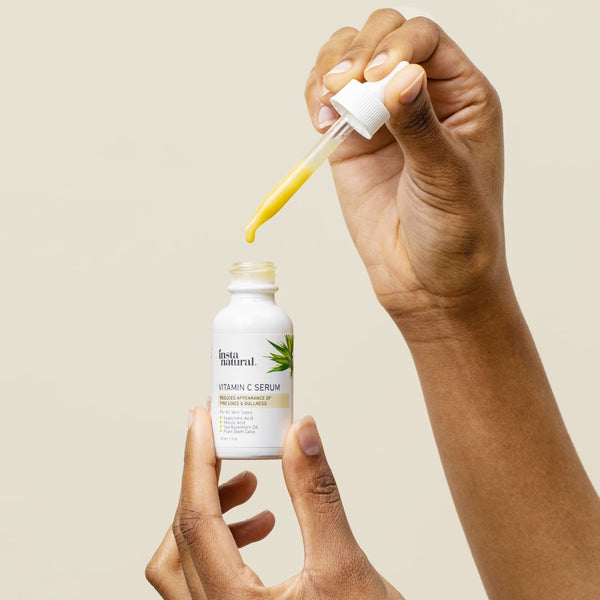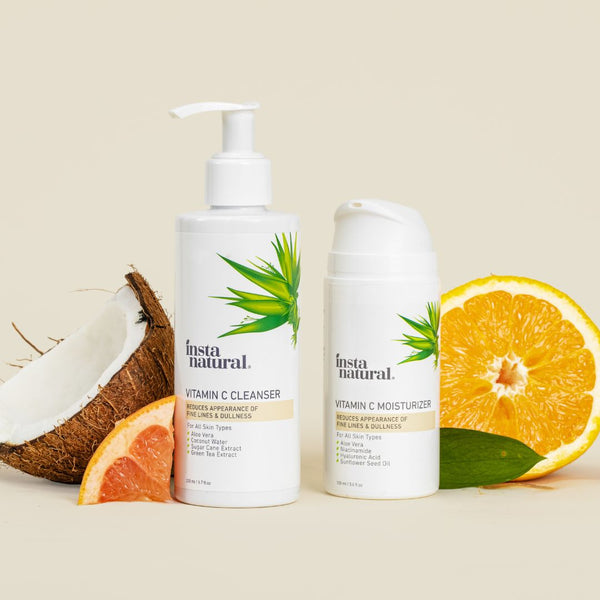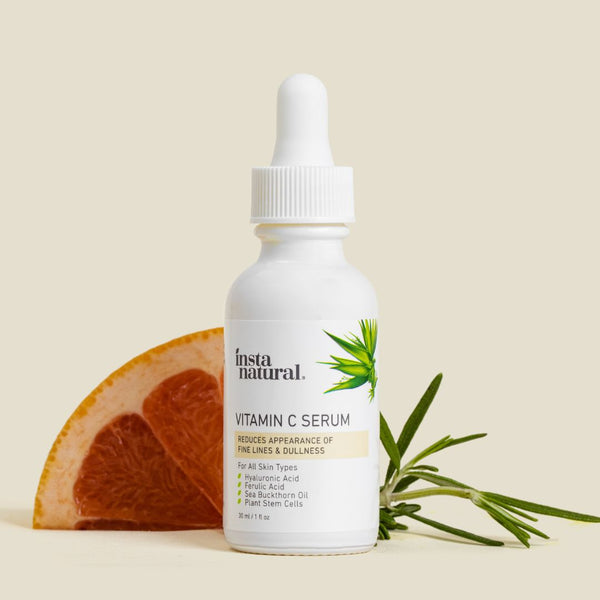
The summer heat is almost gone, the air is getting crisper and temperatures are starting to drop. Although there is a general understanding of how we should adjust our routine to accommodate a shift in climate, many of us still make mistakes along the way. But, don’t worry. We are here to help you transition your skin from handling the heat of summer to the cooler weather that fall will bring.
Increase Moisture and Hydration Levels in the Skin
The words “moisture” and “hydration” mean very different things and are often confused with each other. Hydration is an indication of the skin’s water content and moisture is an indication of the skin’s oil content. These two elements go hand-in-hand and having a balance between the two is a key factor in achieving and maintaining healthy skin.
Skin that lacks oil is traditionally considered “dry,” which is a skin type. On the other hand, skin that lacks water is dehydrated, which is a skin condition. Skin can be dry, dehydrated or both. Skin can also be oily and dehydrated – which might be the most frustrating of all. When we transition into the cooler months, dryness and dehydration can worsen and cause dullness, flaking and irritation. The key to balanced skin is ensuring you’re using products that boost both hydration and moisture in your skin. Ingredients like Hyaluronic Acid are great to boost hydration, while natural oils and butters are amazing at giving your skin nourishing moisture.
Keep Applying Vitamin C
Vitamin C is popular in the summer for the radiance and defense it provides our skin, but it is equally crucial during the colder months. Considered the “gold-standard in anti-aging,” applying Vitamin C topically helps to boost the skin’s defenses, keeping it strong and healthy throughout the changing seasons. Vitamin C also helps to support the skin’s natural barrier which is designed to keep the good stuff in and the bad stuff out. This is a critical component to maintaining skin health during the fall, as colder weather tends to drain our skin of nourishment. A strong skin barrier means your skin will maintain proper moisture and hydration levels while functioning at its maximum potential – offering radiant, youthful skin.
Unfortunately, internal consumption of Vitamin C doesn’t impact our skin enough because our skin is the last organ to reap the benefits of your supplement. So layer a toner, serum or moisturizer into your routine to get maximum results!
Rekindle with Your Retinol
Vitamin C on its own is powerful. Retinol on its own is also powerful. Combine the two and you have the perfect recipe for beautiful, ageless skin. We often retire our retinol products during the summer because retinol can make our skin more sensitive to the effects of UV exposure – however, with beach days behind us, it is time to rekindle the romance with your retinol!
Retinol is a powerful ingredient derived from Vitamin A that encourages cells to turn over rapidly, triggering the production of healthy skin. Retinol is the perfect ingredient to use when addressing challenging skin concerns like the appearance of lines, wrinkles, discoloration or blemishes. During the winter months, it provides the benefit of boosting our cell renewal cycle – which can otherwise slow down during drier seasons.
Proper application of Retinol is very important to receive maximum results. Begin by using the product every other evening and increase as you become familiar with how your skin reacts to the ingredient. Don’t layer retinols with other intense exfoliating ingredients, like glycolic acid, otherwise excessive exfoliation can cause irritation in the skin. Most importantly, only apply retinol products at night and follow with an SPF of 30+ during the day. If you happen to experience dryness, simply decrease the frequency of use. Retinols are safe, effective and highly recommended by skin care professionals around the globe, but accurate application is the key to seeing maximum results.
All About Your Eyes
The drier air of fall can cause concerns around the eyes to be more prominent. A decrease in moisture can make the appearance of fine lines more noticeable and dark circles can seem worse. Eye care is important all year, but if you’ve neglected your eyes – now is the time to incorporate it into your routine.
Look for multitasking eye products that combine ingredients to target multiple concerns. Peptides, caffeine and amino acids are great ingredients to look for, as together they can address all major concerns around the eyes.
Proper application can also enhance the efficacy of your eye product. Apply a rice sized amount of product with your ring finger and lightly tap along the entire orbital bone, allowing the warmth of your finger to disperse the product. Avoid applying too closely to the lash line and remember that application with your ring finger is important because it is the weakest finger, which means less tugging on the delicate eye area.
SPF isn’t Just for Summer
Sunscreen should be a skin care staple year around because damaging UV rays are present during all seasons. UV-A rays cause the majority of aging concerns and they have the ability to penetrate clouds and glass, which means our exposure to these rays is rarely avoidable. The time we spend driving to work, walking to the coffee shop, or sitting next to a window can cause us to be exposed to this environmental aggressor – making sunscreen crucial every single day!




